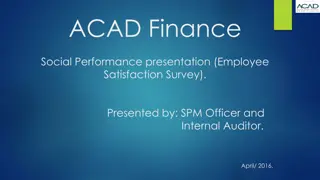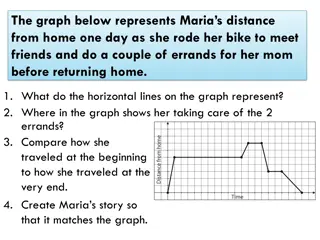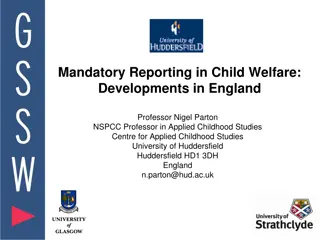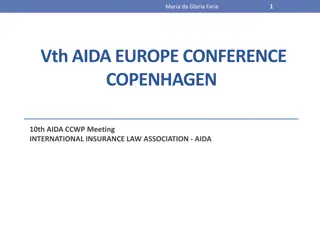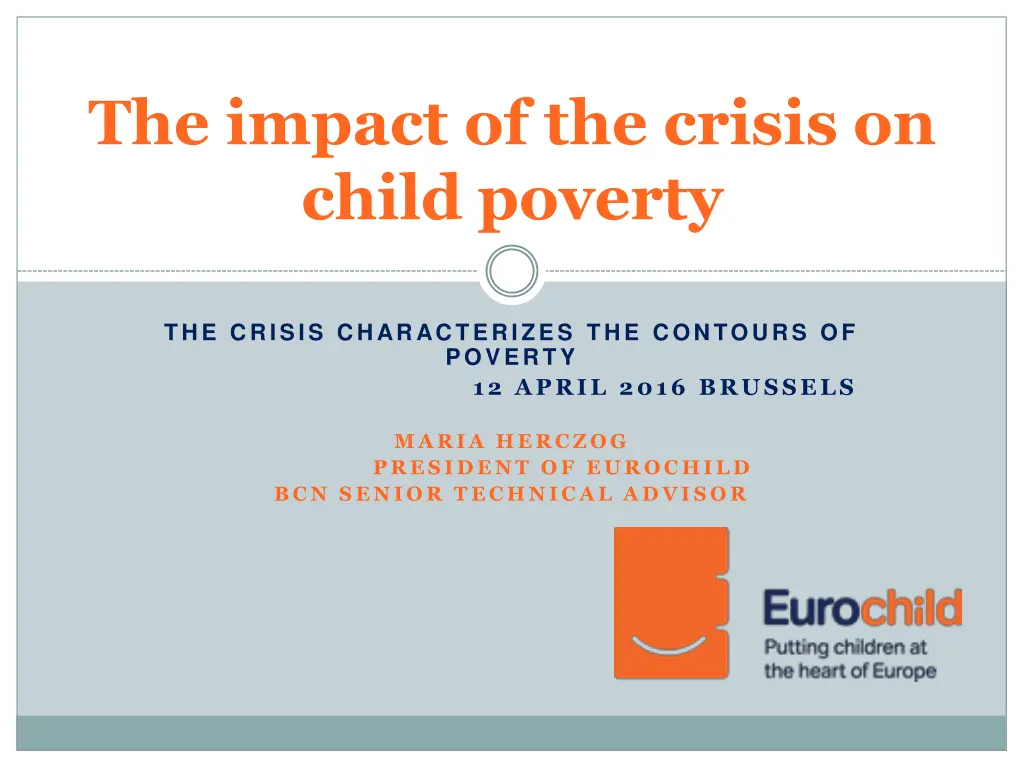
Impact of Crisis on Child Poverty
Discover the profound impact of the crisis on child poverty, revealing staggering statistics and trends across Europe. The recession has exacerbated child poverty, leading to increased deprivation, inescapable cycles of poverty, and growing challenges in access to essential services. Learn about the rising risks faced by children and young people, shedding light on the urgent need for effective intervention and support.
Download Presentation

Please find below an Image/Link to download the presentation.
The content on the website is provided AS IS for your information and personal use only. It may not be sold, licensed, or shared on other websites without obtaining consent from the author. If you encounter any issues during the download, it is possible that the publisher has removed the file from their server.
You are allowed to download the files provided on this website for personal or commercial use, subject to the condition that they are used lawfully. All files are the property of their respective owners.
The content on the website is provided AS IS for your information and personal use only. It may not be sold, licensed, or shared on other websites without obtaining consent from the author.
E N D
Presentation Transcript
The impact of the crisis on child poverty THE CRISIS CHARACTERIZES THE CONTOURS OF POVERTY 12 APRIL 2016 BRUSSELS MARIA HERCZOG PRESIDENT OF EUROCHILD BCN SENIOR TECHNICAL ADVISOR
Some data on deprivation One in five Europeans, close to 100 million persons are materially deprived One in four Europeans around 120 million people lived in households at risk of poverty or social exclusion in 2013. One in four European children close to one-fourth of all children (27,6%) were at risk of poverty or social exclusion in 2014 Nearly one in 100 Europeans or about 4 million people are homeless across the EU including young people, migrants and families with children 1 million children have got at least one parent in prison yearly Over 1 million children are deprived of family care, living in institutions in Europe Disabled, ethnic minorities, migrant, refugee, children/of parents with mental health are at much greater risk
Impact of the crisis on children, child poverty The number of children entering into poverty during the recession is 2.6 million higher than the number that have been out of it since 2008 (6.6 million, as against 4 million). App. 76.5 million children live in poverty in the 41 most affluent countries of the world In 23 of 41 countries analyzed, child poverty (children living in households where income is below the poverty line) has increased since 2008 The recession has hit young people extremely hard, with the NEET (not in education, employment or training) rate rising dramatically in many countries, In the EU, 7.5 million young people in 2013 (1 million more than in 2008)
Impact of the crisis on children, child poverty Insecurity of the parents, income, housing has risen effecting well-being, anxiety, isolation not only material deprivation The longer children remain trapped in the cycle of poverty the chances of escaping are decreasing Poverty rate among children and young people is growing faster than in other age and social groups Unemployment among young persons has increased in most countries Separation of children from families is increasing Access and quality of services, public spending is decreasing while demand is increasing
Impact of the crisis on children, child poverty Having a child or children in a household increases the risk of working poverty (working, but below the poverty line) from 7 per cent to 11 per cent Number of working poor, and work poor is increasing Social and financial gaps are growing, more visible differences and feeling of injustice, separation of social groups, schools, etc Lack of motivitation, perspective, plans, ambition
Impact of the crisis on children, child poverty Inequality is on rise both within and between countries Service providers themselves are also getting poorer in many countries, workload increasing, job and client satisfaction decreasing Vulnerable groups of children are more at risk of exclusion, discrimination, stigmatisation Children effected by poverty are often suffering from isolation, lacking opportunities to high quality day care, education, out- and afterschool activities, play, sports, culture, peer relations, family activities
Child poverty in Belgium Belgian (Hungarian, Spanish) presidency in 2010 focusing on child poverty, EU recommendation on Investing in Children breaking the cycle of disadvantage welcome by the Belgian presidency Territorial differences, polarization in all means, between and within the regions Differences according to age (risk for infants/child poverty has increased from 15,3% in 2006 to 18,8% in 2014) Child poverty and social exclusion from 479 000 to 533 000)
Belgian childrens views on poverty It effects many dimensions of their life: Material conditions, housing, lack of money Family tension, insecurity, mental health issues Desire to consume more (phone, computer, games etc) Exploring the world Education - poor environment in all means, bullying, humiliation, lack of perspective, cultural differences, growing gaps Children deprived of family care at least 10 000 children in institutions, (in Romania 9 000), 360 under age 3, app 3800 in foster care (70% in kinship care) main reason: poverty Especially vulnerable groups disability, ethnic minorities, migrant, refugee children multiply disadvantage
Eurochild activities Member of the EU Alliance for investing in children Implementation of the recommendation on Investing in children , Handbook and Advocacy Toolkit Parliamentary Intergroup on child rights initiative and support child rights approach De-institutionalisation Campaign holistic approach to prevention, intervention, family and community based support and care Childonomics Long term economic and social return on investment in children, focusing on DI
Investing in children EC Recommendations Preventing the transmission of disadvantage is a crucial investment in Europe s future as well as direct contribution to the Europe 2020 Strategy, with long term benefits for children, the economy and the society as a whole Early intervention and prevention are essential for developing more effective policies, as public expenditure addressing the consequences of child poverty and social exclusion tends to be greater than that needed for intervening at an early age.
Rights based approach to child poverty Countries should place the well-being of children at the top of their responses to the recession. Not only is this a moral and legal obligation but it is in the self interest of societies as well Children are at the bottom of well-being scale and at risk of exclusion at all times and even more in a time of economic/social crisis Listening to children, encouraging active participation is helping inclusion and support




